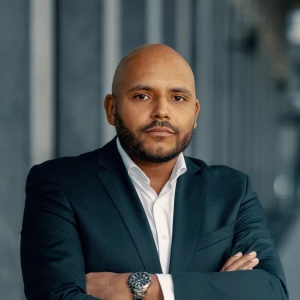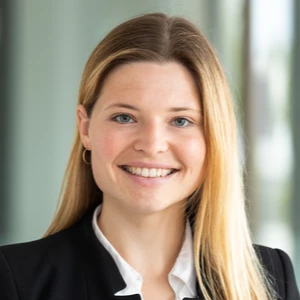Hi everyone,
I’m preparing for case interviews and would love to get some insights on how to structure a case related to London students rental demand and supply.
If the prompt were something like: “A real estate firm wants to expand its student accommodation portfolio in London. Should they enter, and if so, how?” How would you break this down?
What key factors, data points, or frameworks would you focus on for a real estate–focused market entry or investment case?
Thanks in advance for any guidance!













